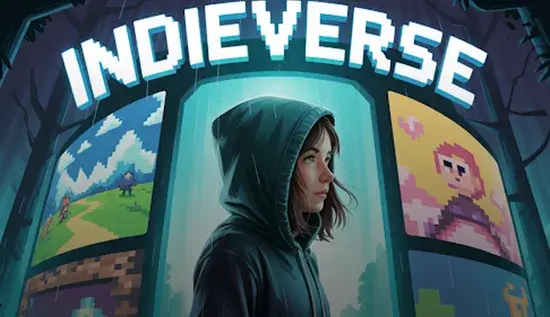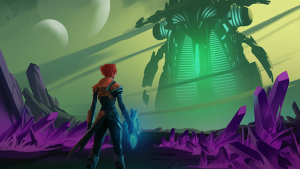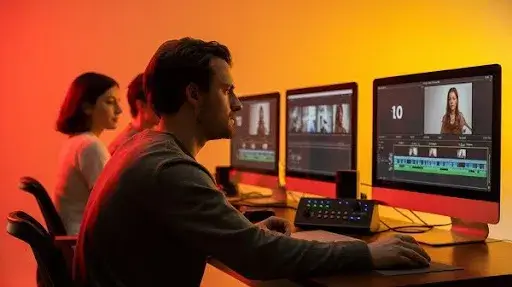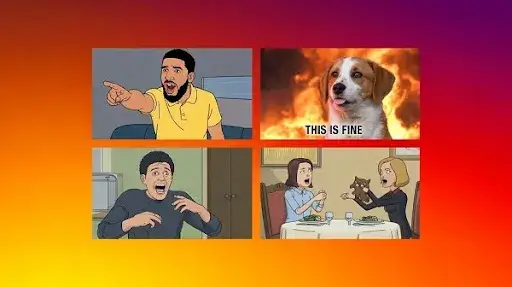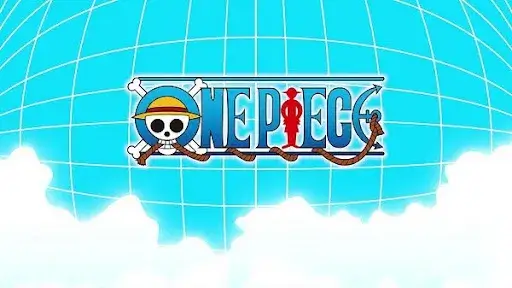A powerful single strategy that combines the right tools and partners can help you deliver moments of great narrative power in an indie game without the budget of a major studio. In a world where individual indie developers compete for attention and funding, cutscene doesn’t have to sound animated and cinematic when the animation feels expensive– it’s simply out of reach.
The truth? When creating and producing marketing and advertising imagery, there doesn’t need to be a marketing plan for a you’d neutral Hollywood. With mastery in various scripting languages for different modeling programs, one can make professional-grade cutscenes and raise the standards within the indie realm.
What Are Cutscenes and Why Do They Matter?
As the name suggests, Cutscenes do have a narration aspect to them. It refers to an animated non-interactive segment within any video game that may exist in digital formats like file (*.avi, *.mpg or *.mpeg) as well as a 2D or 3D animation, and harnessed to mark character award settings inclusive but not limited to narrating listing goals, and – as the case may be happens in cases with dialogues where license is not predefined per space designated to allow probe interests marked for artisans.
From its classic Pac-Man to its more modern-themed Ninja Gaiden game, Cutscenes have evolved actively since the early 1980s with the ever-growing competitive nature of the gaming industry. They have emerged as a player engagement strategist that goes beyond the limits forged by mechanics. Today, these form the bones of story-driven titles, enabling a whole new level of immersive experience by connecting emotionally with the characters and surroundings.
They enrich the player experience by:
Building emotional engagement: Cutscenes immerse players by humanizing characters, making plot developments more impactful.
Enhancing storytelling: Cutscenes facilitate retelling the story through dialogue as well as indirect actions and camera movements. Often, this may not be achievable through pure gameplay interactions.
Creating memorable moments: In games like Final Fantasy VII, The Last of Us, and Hades, cutscenes enabled the game’s action sequences to flow into one another seamlessly, making them more enjoyable to watch.
Breaking up gameplay to pace the narrative: Cutscenes act as narrative breaks, allowing players to process story elements before returning to the interactive parts of the game.
Demonstrating technical polish: Indie games can benefit from professional polish as well. Stunning cutscenes have the ability to make an indie game look like a premium, professionally developed product.
Indies that are building their market leverage post processing programs to customize mark/audio assets for their 30 chest-high super expandable limbs. When crafted appropriately, these cutscenes blur the line between gameplay and cinema.
Want to explore how to implement cutscenes in Unity technically? Read our blog on how to Integrate Animated Cutscenes into Unity seamlessly.
Can Indie Developers Realistically Afford Cutscenes?
Yes. Thanks to accessible animation software, pre-built assets, and outsourcing options, high-quality cutscene animation is within reach. The key is being strategic about:
- Scene length and complexity
- Reusing assets
- Simplifying environments and lighting
- Partnering with a studio that understands indie constraints
Platforms like Unity, iClone, and Character Creator have democratized cutscene production.
How to Maximize Quality on a Budget
- Start With a Strong Script: Even a basic scene becomes powerful with good writing.
- Use Existing Assets: Reuse character models, rigs, and environments.
- Focus on Pacing and Camera Work: These can create cinematic magic without intensive animation.
- Keep It Short: A 30-second impactful cutscene often delivers more value than a bloated 5-minute one.
- Outsource Smartly: Working with the right animation partner can save you time and money.
Case Study: The Cendovia Uprising Example
An indie developer behind Cendovia Uprising had:
- Character models complete
- Voice acting done
- First scene animated
But they needed help animating the remaining 8 scenes and improving the quality.
Instead of starting from scratch, they reached out to a team that could build on their foundation.
This is exactly where game cutscene animation services come in. Studios like Prolific Studio understand how to scale your vision with the right balance of cost and quality.
Budget Breakdown: What You Can Expect
| Type of Cutscene | Typical Duration | Estimated Cost (USD) |
| Basic Dialogue Scene | 30 sec – 1 min | $600 – $1,200 |
| Mid-level Action Scene | 1 – 3 mins | $1,500 – $4,000 |
| Cinematic Sequence | 3 – 5 mins | $5,000 – $10,000 |
Factors that influence cost:
- Number of characters and scenes
- Voice syncing complexity
- Camera and lighting
- Level of realism or stylization
Tools That Help Indie Devs Create Cutscenes
- Unity Timeline: Built-in tool for sequencing animations
- iClone: Easy motion capture and animation
- Character Creator: Speeds up model creation
- Blender: Advanced, free animation software
These tools reduce production time and lower dependency on large teams.
When to Consider Outsourcing Your Cutscenes
You should outsource if:
- You’ve completed voiceovers and character assets but lack animation skills
- You’re short on time and need delivery in weeks, not months
- You want a professional, cinematic look
Studios like Prolific Studio provide flexible packages that fit your scope, budget, and game engine.
Don’t Overlook 2D and 3D Video Animation Services
In addition to in-game cutscenes, many developers use 2D video animation services and 3D video animation services for trailers, intros, tutorials, or lore explanations. These formats provide:
- Greater flexibility for marketing content
- High production value with shorter runtimes
- Supplementary storytelling methods
Combining traditional cutscenes with 2D or 3D video animations can dramatically boost your game’s presentation.
Not sure if you should do it yourself or outsource? Learn more in The Hidden Costs of DIY Game Animation (And When to Outsource).
Frequently Asked Questions
How can indie games benefit from cutscenes?
Cutscenes help deliver story, emotion, and context without interrupting gameplay. For indie games, they add depth and polish that enhance user engagement. They also provide visual flair that can elevate the overall quality of the game and improve player retention.
Are cutscenes expensive to produce?
While high-end cutscenes can be costly, indie-friendly workflows, like using iClone or outsourcing, make it affordable to get high-quality results within budget. With smart planning and asset reuse, you can achieve cinematic impact without overspending.
What tools are best for indie game cutscenes?
Unity Timeline, iClone, Blender, and Character Creator are among the top tools that balance control, speed, and quality for indie devs. Each has unique strengths depending on whether you prioritize speed, realism, or integration with your engine.
Should I animate cutscenes myself or outsource?
DIY can work if you have animation experience and time. But outsourcing ensures professional results and lets you focus on other aspects of game development. Many developers start themselves, then outsource to studios for polish and time efficiency.
How long should cutscenes be in indie games?
The most successful indie games tend to budget for 30 seconds to 2 minute long cutscenes. Proper pacing during gameplay enhances player focus into the action.
Can I use Unity for cutscene animation?
Absolutely. Unity Timeline and Cinemachine are widely used for sequencing, camera motion, and integrating with gameplay logic. It allows for precise control and easy updates if your story or flow changes.
How do I sync voice acting with animation?
Tools like iClone simplify lip-syncing, while Unity supports audio markers and custom animation events to align dialogue. Getting this right adds a layer of realism that enhances immersion and character believability.
What is the average cost of cutscene animation?
Prices vary by complexity, but most 1–2 minute scenes cost $600 to $2,000. Full cinematic projects range up to $10,000 or more. Costs depend on animation style, number of characters, and visual effects.
Can I get custom cutscenes for my game?
Yes. Many studios offer tailor-made cutscene packages based on your story, assets, and target platform. This ensures cohesion and polish. Custom work is especially valuable when your game has unique characters or lore.
How do I find a studio to animate my game cutscenes?
Search for experienced providers of game cutscene animation services who specialize in 2D, 3D, or engine-based storytelling for games. Look at portfolios, tool compatibility, and industry reviews to choose the right partner.
Final Thoughts
Powerful, cinematic cutscenes don’t necessarily need an in-house team or massive funding. All you need is a solid plan, the correct equipment, and a dependable partner.
Prolific Studio, a leading provider of 2D and 3D video animation services in the USA, helps indie game developers bring their stories to life with Unity-ready, professionally animated cutscenes.
Explore our game cutscene animation services if you’re ready to elevate your indie game’s narrative. Contact now!

